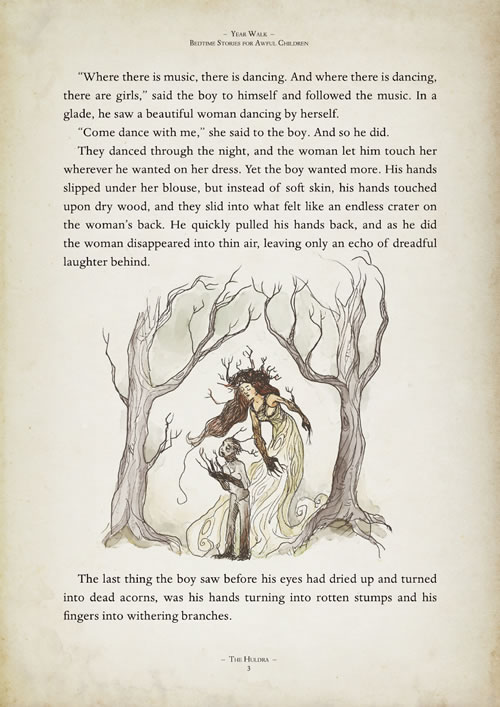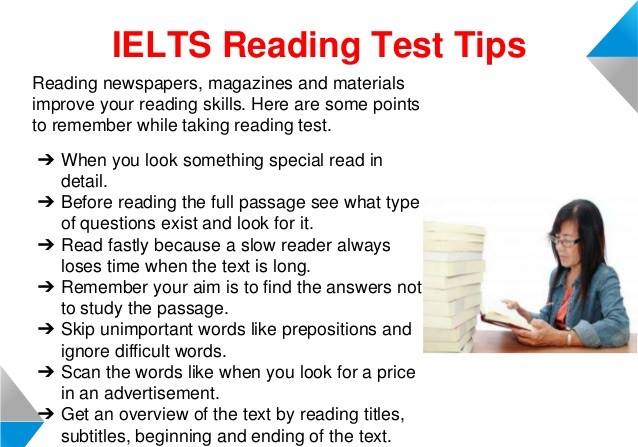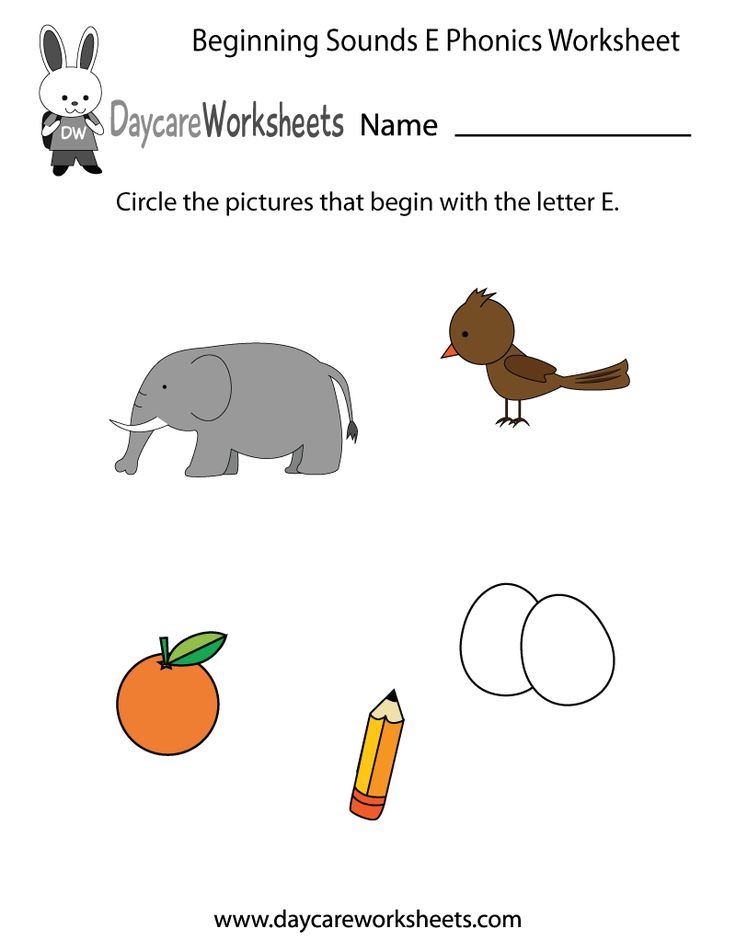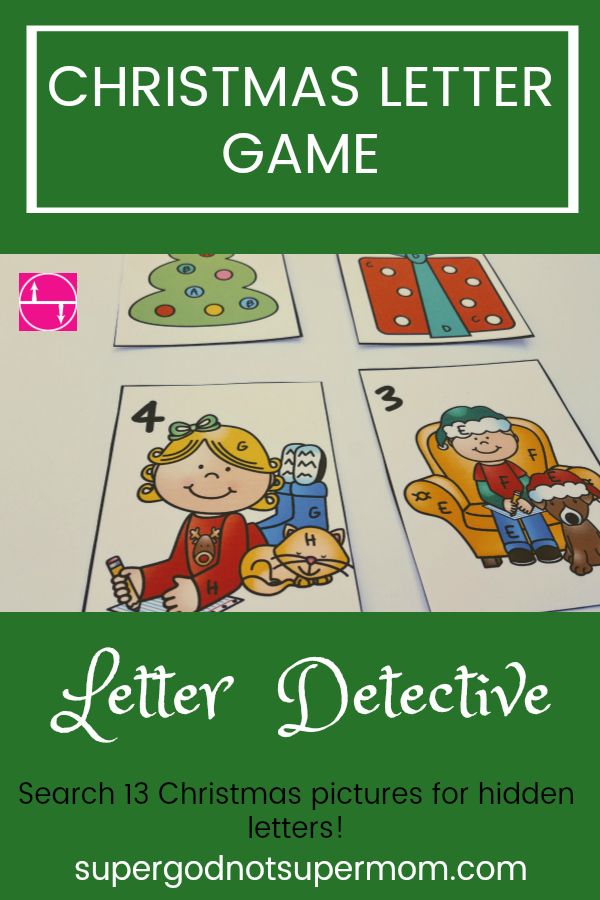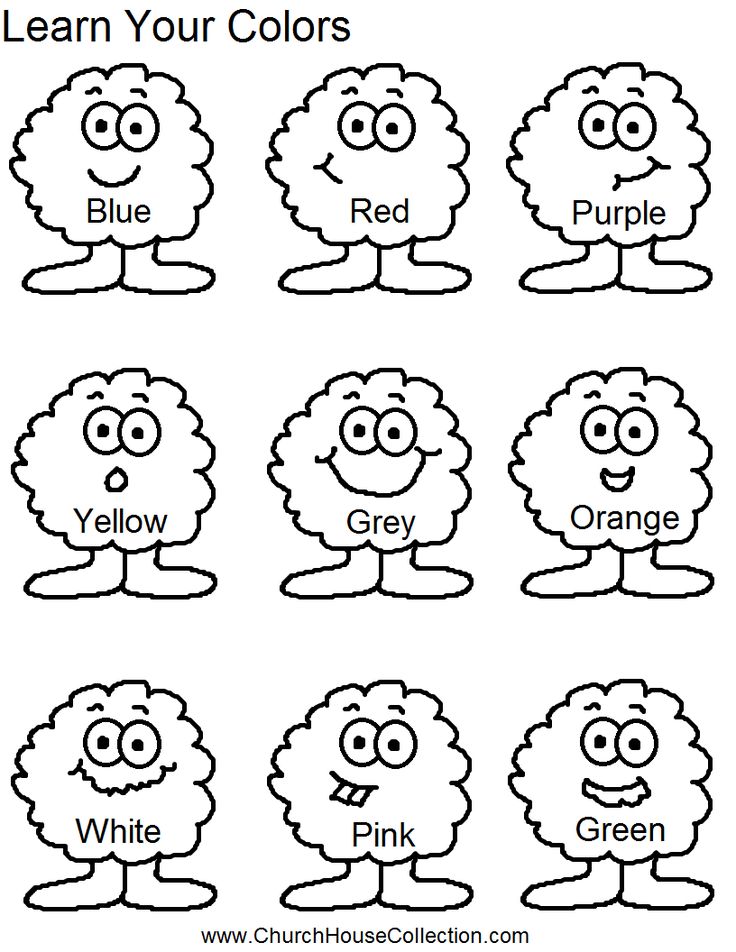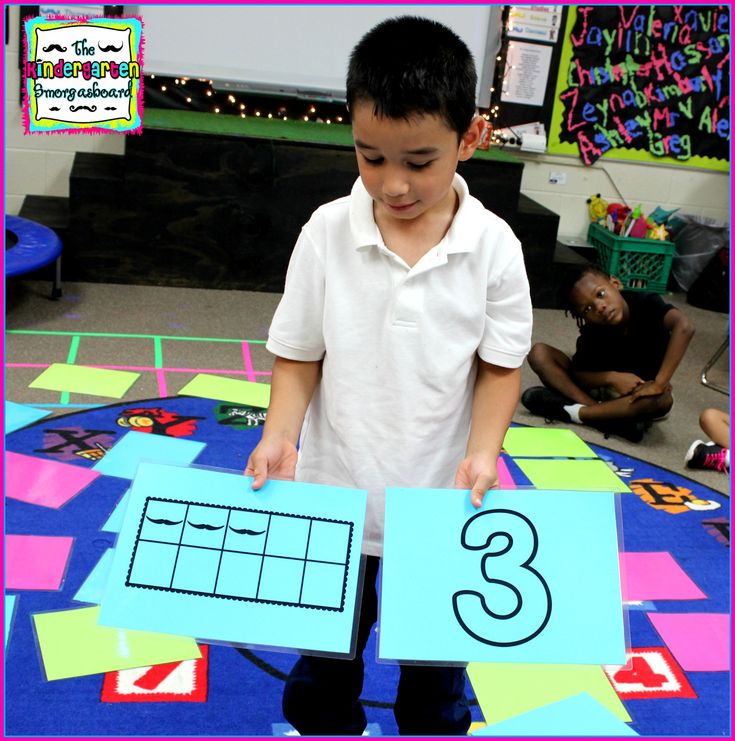Long o examples
Long Vowel Sounds: Word Lists & Activities
Phonics | Spelling
ByDelilah Orpi
This post may contain affiliate links, and I will earn a commission if you purchase through these links. Please read the disclosure policy for more details.
Sharing is caring!
12871 shares
- Share
- Tweet
In this post, I’m breaking down long vowel sounds (or long vowel words) to help you teach them when working with struggling readers and spellers.
Looking for long vowel word lists? Download all 5 of my pdf long vowel sounds word lists in my freebies library by joining my email list below.
What is a long vowel sound?
Long vowel sounds are vowels that are pronounced the same as their name. You’ll often hear teachers say that long vowels “say their name”.
Long vowels are very common but they can be tricky because there are so many spellings for each long vowel sound.
There are actually 4 ways to make long vowel sounds:
- Vowels at the end of a syllable make the long sound. For example, in the words me and halo (ha-lo) the vowels are all at the end of a syllable so they make the long sound.
- Silent e makes the previous vowel long. The words bike and phone have a silent e at the end that makes the previous vowel long.
- Vowel teams can make the long sound. Vowel teams work together to make one sound, and usually, it’s a long vowel sound. For example, boat and meat both have vowel teams that make the long sound.
- I or O can be long when they come before two consonants. In words like cold and mind, i and o make a long vowel sound.

Long Vowel Words
Long vowel sound words are words that have vowels that say their name. Below are a few examples:
- Long a – baby, cake, rain, day, they, weigh
- Long e – me, eve, hear, meet, piece, candy
- Long i – silent, bike, light, my
- Long o – go, home, toe, boat, snow
- Long u – music, mule, pew, feud
Long A Sound
The long a sound can be represented by 8 different spelling patterns:
- a – baby
- a_e – cake
- ai – rain
- ay – play
- ei – reindeer
- eigh – weight
- ea – steak
- ey – they
Learn more about teaching the long a sound here, and check out my Long A Words Activities & Worksheets for printable activities.
Long E Sound
The long e sound can be represented by 8 different spelling patterns:
- e – be
- e_e – eve
- ee – meet
- ea – beach
- ei – protein
- ie – piece
- ey – key
- y – candy
For ideas, tips, and tricks when teaching the long e sound, read this post all about teaching the long e vowel sound, and check out my Long E Words Activities & Worksheets
for printable activities.
Long I Sound
The long i sound can be represented by 6 different spelling patterns:
- i – silent
- i_e – shine
- ie – pie
- igh – light
- y – my
- y_e – type
You can learn more about teaching the long I sound in this post. And check out my Long I Worksheets set in my shop for printable activities on the long i sound.
Long O Sound
The long o sound can be represented by 5 different spelling patterns:
- o – go
- o_e – phone
- oe – toe
- oa – boat
- ow – snow
You can learn more about teaching long o words and check out my long o worksheets.
Long U Sound
The long u has two sounds: yoo (/y/ /oo/) and oo (/oo/).
The long u sound can be represented by 7 different spelling patterns:
- u – music
- u_e – mule
- ue – rescue
- eu – feud
- ew – few
- oo – food
- ou – soup
Learn more about teaching the long u sound here.
Tips for teaching the long vowel sounds
Teach one spelling pattern at a time!
I don’t mean one vowel sound, but just one spelling pattern. So for example, if you’re working on long a, you would work on the spelling pattern a silent e (cake, same, cave) until students have mastered it, then move on to ai, and so on. You should not be teaching multiple spelling patterns together, even though they make the same sound.
I know that most programs out there combine all the long vowel sound spelling patterns into one lesson, especially in spelling lists, but this does not work for struggling readers. You need to break it down for them and only do one at a time.
Teach the syllable types.
Because syllables have a lot to do with whether vowels make the short or long sound, if students do not already know the 6 syllable types then teach them along with the long vowel sound.
Here are resources for each syllable type:
- closed syllable
- open syllable
- final silent e syllable
- vowel team syllable
- r combination syllable
- consonant le syllable
Use a variety of activities to practice each spelling pattern.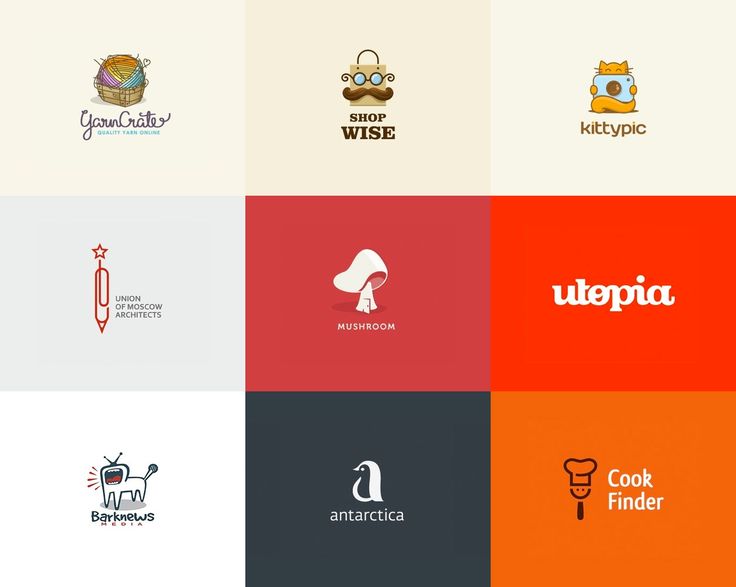
Games, dictation, word sorts, memory or matching with flashcards, word hunts, textured writing, body spelling, and bingo are all fun ways to practice the long vowel sounds.
The main activity that is often overlooked is dictation. It seems so simple but the task involves listening to a word, deciding on the spelling, and transferring that info to written form. These are all skills that struggling readers need to practice.
Teach the spelling generalizations.
Some of the long vowel spelling patterns are spelling rules that make it easy to remember.
For example, ai is usually found at the beginning or middle of a syllable, and ay is usually found at the end of a syllable. [Examples: rain, aim, play, daytime]
Here is another example with long o: oa is usually found at the beginning or middle of a word, and ow is usually found at the end. [Examples: boat, coach, snow]
Long Vowel Word List
I made these word lists to help teach the long vowels. I find it handy to have these on hand when playing phonics games or planning activities for long vowel lessons.
I find it handy to have these on hand when playing phonics games or planning activities for long vowel lessons.
Grab them for free below!
Visit my Teachers Pay Teachers shop to see all my literacy products.Want to remember this? Save Long Vowel Sounds: Word Lists & Activities to your favorite Pinterest board!
Sharing is caring!
12871 shares
- Share
- Tweet
Delilah Orpi
Delilah Orpi is the founder of Thrive Literacy Corner. She has a Bachelor's degree in Special Education, a Master's degree in TESOL, and is a member of the International Dyslexia Association. She is an experienced educator and literacy specialist trained in Orton Gillingham and Lindamood Bell. Delilah creates literacy resources for educators and parents and writes to create awareness about dyslexia and effective literacy instruction based on the science of reading.
Similar Posts
Phonics
Elkonin Boxes For Reading Intervention
ByDelilah Orpi
After years of working with dyslexic kids, I have several reading strategies for struggling readers that I always turn to because of their success. The best strategies are all multi-sensory because those are the most effective for all struggling readers, especially those with dyslexia. Elkonin boxes are an effective multisensory strategy that builds and strengthens…
Read More Elkonin Boxes For Reading InterventionContinue
Parents | Phonics | Reading Comprehension | Spelling
The Best Reading Manipulatives
ByDelilah Orpi
Whether you’re new to teaching reading or you’re a seasoned educator, you know that using manipulatives in your reading instruction is important. Reading manipulatives help students of all ages engage with the text, build fluency, and develop comprehension skills. There are a lot of different reading manipulatives out there, so it can be tough to…
Reading manipulatives help students of all ages engage with the text, build fluency, and develop comprehension skills. There are a lot of different reading manipulatives out there, so it can be tough to…
Read More The Best Reading ManipulativesContinue
Phonics | Spelling
How To Teach Long U Words
ByDelilah Orpi
Last up in my series of long vowel sounds, I’m sharing tips and tricks to teach long u words! Because there are two ways to pronounce long u, it is the most complex of long vowel sounds to teach. I’m going to break down each of the eight ways to spell the long u sound,…
Read More How To Teach Long U WordsContinue
Phonics | Spelling
How To Switch To and Use A Sound Wall In The Classroom
ByDelilah Orpi
It’s time to ditch word walls for sound walls.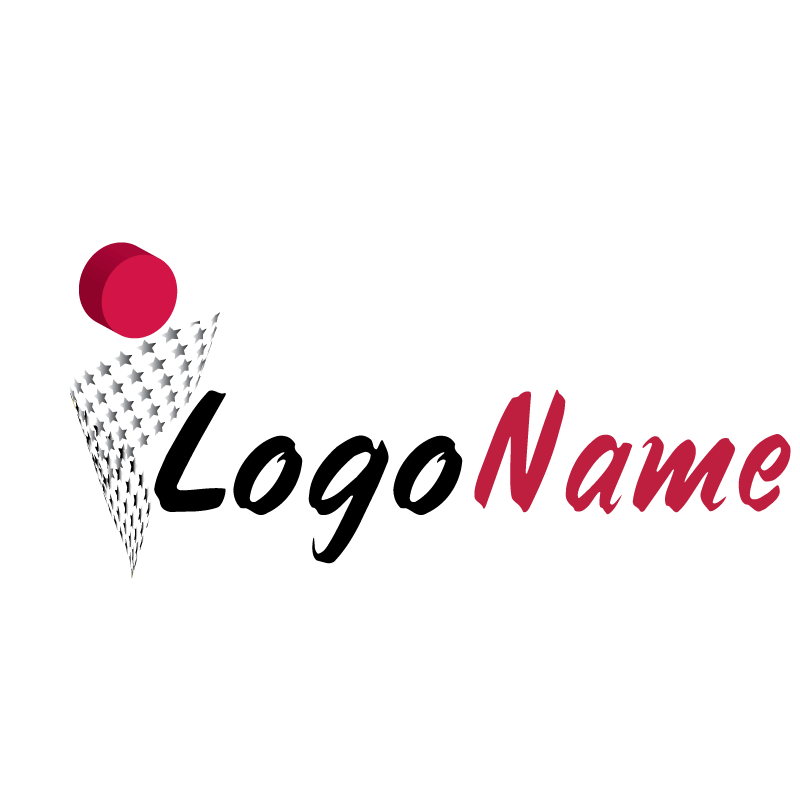 Sound walls are based on the science of reading, and are an excellent way to explicitly teach phonemes. They are highly effective, especially for struggling readers, and make a lot more sense than word walls. Sound walls can be used in primary grades and with older…
Sound walls are based on the science of reading, and are an excellent way to explicitly teach phonemes. They are highly effective, especially for struggling readers, and make a lot more sense than word walls. Sound walls can be used in primary grades and with older…
Read More How To Switch To and Use A Sound Wall In The ClassroomContinue
Parents | Phonics
Structured Literacy And How It Compares to Balanced Literacy
ByDelilah Orpi
When it comes to teaching reading, there are two main approaches: structured literacy and balanced literacy. While both methods have their pros and cons, it can be tough to decide which is the best for your classroom or child. In this blog post, we’ll break down the key differences between these two approaches and share…
Read More Structured Literacy And How It Compares to Balanced LiteracyContinue
Parents | Phonics
How to Teach Phoneme Segmentation
ByDelilah Orpi
Phoneme segmentation is a foundational skill for reading and writing. It’s important to start teaching phoneme segmentation skills early so children can develop this skill before it becomes more difficult to learn. Mastering phoneme segmentation helps readers break apart sounds in a word, blend them together, and read! Here are five activities you can do…
It’s important to start teaching phoneme segmentation skills early so children can develop this skill before it becomes more difficult to learn. Mastering phoneme segmentation helps readers break apart sounds in a word, blend them together, and read! Here are five activities you can do…
Read More How to Teach Phoneme SegmentationContinue
How To Teach The Long O Sound
Sharing is caring!
2006 shares
- Share
- Tweet
Long O can be a tricky sound to teach because there are a few different ways to spell it. But I’m breaking down how you can easily teach this sound and all its spelling patterns.
Plus, I got you covered with my free Long O Words List. You can download the list pictured by signing up below. If you don’t see the signup form, click here.
Five Ways To Spell Long O
The long o sound can be represented by 5 different spelling patterns:
- o – go
- o_e – phone
- oe – toe
- oa – boat
- ow – snow
Spelling Generalizations For Long O
O_E spelling pattern
The o silent e spelling pattern is the most common way to spell the long o sound so I would start here. Of course, students should be confident with the magic e syllable. These words are one syllable. Some examples of long o words with silent e are phone and joke.
Of course, students should be confident with the magic e syllable. These words are one syllable. Some examples of long o words with silent e are phone and joke.
Just O
In open syllables, the long o sound is represented by just the letter o by itself. They can be one syllable words but more often they are 2 syllables or more. Examples include go, total, and tomato. It often appears at the end of both short and long words.
Students must understand open and closed syllables to be able to apply this.
OA Vowel Team
The oa spelling of long o usually appears at the beginning or middle of a one syllable word. Examples include: oat, boat, and toast.
OW Vowel Team
The ow spelling of long o usually appears at the end of a one or less commonly two syllable word. Examples include: snow, tow, and window.
An exception to this is when the irregular past tense is formed with an n such as: grown and blown. The original word does follow the rule, we simply add the n to make it past tense.
OE Vowel Team
The oe spelling of long o usually appears at the end of a word. Examples include: foe and toe. This is the least common and can appear in compound words in the base word. I would teach these in a group since there are so few words and remind students that these are rare and are short one syllable words.
Tips For Teaching The Long O Sound
When you start teaching long o, you really have to focus on spelling generalizations, homophones, and homographs. Teach one spelling pattern at a time, and once one is mastered you can add in another. It’s much easier to learn how to read these than to learn how to spell. Since they all sound the same and can appear in the same place, choosing the right spelling pattern can be tricky.
Teach the process for deciding on the spelling pattern.
Once students are familiar with all the options for spelling long o and they know open syllables and the silent e syllable, you can teach them the process for determining the spelling pattern a word has.
When students come across a word with long o and they need to figure out which spelling pattern to choose, here are the questions they can ask:
- Is there more than one syllable?
- Is there a base word?
- Where is the long o sound in the word?
- Could this be one of those rare oe words?
Break the word into its syllables, and go through the questions.
From there, they can go through the most common options first. So that would be the o_e or just o, then the vowel teams.
If it’s a one syllable word, they need to choose between o_e, a vowel team, or the less common option of just o. Figure out where the long o sound is. If it’s at the beginning, try oa. If it’s at the end, try ow.
If it’s more than one syllable, check if it’s an open o, which in that case would be spelled as just o.
If there is a base word, focus on that part of the word.
This will take some practice so try using the checklist below (it’s available in my freebies library) to go through a set of words with your students a few times, then have them do some more on their own. This is the same process they will use with other long vowel sounds so it’s a great skill for them to have.
Also, because there are multiple options expect students to get them wrong sometimes, and tell them this! It’s ok if they make mistakes as long as it’s another valid spelling option and not something that doesn’t follow any rules. Through repeated exposure and practice they will eventually internalize the correct spelling pattern for words.
Long O Activities & Lesson Ideas
Picture cue cards – Create visual graphics of tricky words, homophones, and homographs. These picture cues really help students remember which pattern to use. I suggest you make these using flashcards and keep them in a baggie or box for reference. See an example below.
Sorting – Sorting is always a good idea when you have multiple options for spelling. You can play matching games like memory, just sort them into piles/columns, or create any game that requires sorting by spelling pattern. This builds phonemic awareness so it’s always a good activity for all students.
I include 3 different sorting activities for the long o sound in my Long O Worksheets & Activities set.
Phoneme Grapheme Mapping – This is a great activity that really isolates the phonograms for students to practice. You can get the Phonics & Spelling Through Grapheme Mapping book and follow the long o lesson, or use my word list to do the same activity using sound boxes. See below for an example.
SOS – If you don’t already know what Simultaneous Oral Spelling is, then check out this post here. I love this multisensory spelling method for practicing spelling. And you can do this whole class or one-on-one making it really easy to use in any setting.
Dictation – This is another fantastic activity but I would do this after you have spent some time on long o because it is harder for students. Also when dictating words, give students a clue about the spelling such as telling them it’s a vowel team or open syllable.
Games – Of course, I always include games because it’s just so easy to add a stack of flashcards to any game and make it educational! Use an easy to play board game where students need to pick up a card on their turn and add a task like reading the word aloud and sorting it, or asking another player to spell it, or even something as simple as having them air write the word after reading it aloud. Or print off a teacher-made game from my Long O Word Work along with several other games and activities.
Constant Review – Remember to keep these spelling patterns in constant review after they are learned, so they are not forgotten. Using a sound wall is a great way to do this without it taking any extra time.
*I offer a free sample of these digital long o activities in my freebies library.
Want to remember this? Save How To Teach The Long O Sound to your favorite Pinterest board!
Sharing is caring!
2006 shares
- Share
- Tweet
Long examples with multiplication, addition, brackets + difficult problems. 2-3 cells
- Forum
- Archive
- Child psychology and development
Good afternoon. Which solvers have long examples with multiplication, addition, brackets + complex problems. For example: 820-5*(81+4)+100-8+2*(3+4-1) etc. Tasks like: If you have 8 stamps, Vova has 5 times less, Katya has as many as Vova and if etc. In general, what can be solved in addition to Peterson, otherwise I bought solution books for the summer, so there are simple examples and tasks. The child is not interested. nine0011
problems for a patterned one.
Long examples are easier to type yourself.
What class?
B 3 go. I would like some kind of solution book, so that there is something like: lesson1 - and it contains an example, a task, a logic task, some kind of toy, something else, the child would be interested.
nothing in addition to Peterson, because there is no such author. Download.
automate the skill of counting long examples - simulators, such as Uzorova. nine0011
what is interesting about such examples?? WELL, take the Peteson textbook and speak from it, there are plenty of them. They still don't solve them all in a year)
There is nothing interesting in the examples, I want not only such examples, but diluted with toys. Peterson has already been decided, the child does not want the same thing.
oo, what are the differences between examples of long Peterson and other authors?
Take a textbook for grade 4, once for 2 and 3 you solved any author, even download your ancient one
Interesting, so solve logic puzzles and play games with a score
Buy Heidman's textbook, Nefedova, Uzorova have different collections, there is a series "How to learn to count quickly" there are a lot of different options. And for the future, the surname "Peterson" is not inclined in any way, I think you would not really like it if your surname was declined.
The majority of Russian female surnames are inclined anyway)) so it doesn't count.
Admit it, Lyudmila Georgievna, is that you? Or her cockroached admirer? nine0011
What do you want textbooks for? Ask Google questions, the Internet is full of examples, you can choose exactly what the child is interested in. Here, for example:
MAT-ZADACHI.RU is an excellent site, broken down by classes and topics. Copy to Word, add as you wish and print.
Do you want an online solver in English? https://www.ixl.com/
Petersonikha, by the way, is bad with non-standard problems, it is better to supplement her with collections of Olympiad problems, the same Heidman. Here, for example, is an excellent book: http://www.labirint.ru/books/127348/
Tasks - complete in Google, here, for example, the very first link on the request "text tasks grade 3 mathematics" http://static. my-shop.ru/product/pdf/50/493865.pdf
link good book .
But not at all about what the author asks in the first message.
I have one like this
There are neither long examples nor "Petya has two apples..."
the problem is that foreign surnames are NOT officially accepted in Russian, so technically the anonymous person is of course right, although it’s funny to read Peterson and Peterson in male form, they ate according to the rule then already Petersonova / ova ... but not Peterson, this is male then the surname turns out And it means that the person who teaches the child here according to Petersonikha, or Petersonova’s textbook, does not know who she is, he definitely didn’t read the name patronymic
Is this your first time on eve?
This family has long been incited here in every way
They stopped swearing 5-6 years ago
Yes, a book about something else, of course. I suggested looking for long examples on Google, and brought a book just in case, suddenly the author will take pity on the child and leave him behind for the summer with these stupid examples... Men's bows are excellent. And it is not the fault of the parents that, seeing "L.G. Peterson" on the textbook, they do not climb to find out who it is - aunt or uncle. What difference does it make, tea, not a breastfeeding guide ... Mathematics is generally a "male" science, so it’s quite natural to consider Peterson an uncle, in general ...
it’s strange that MoroVikha doesn’t get enough))
I’m not surprised that they persuade her, I’m used to it surprises me that there are always those who will start moralizing on this topic
These eternal grammatical proofreaders .. not a single top can do without them ..
http://www.labirint.ru/books/441900/
http://www.labirint.ru/books/429296/
http://www.labirint.ru/books/441898/
http:/ /www. labirint.ru/books/350428/
http://www.labirint.ru/books/388747/
Open theme in windows nine0011
Trending celebrities
Keti Topuria showed the face of her two-year-old son for the first time
Winter Dessert: Cooking Norwegian Cookies
You and bald will do! Ekaterina Volkova tried on the image of a redhead
Procedure. Rules and examples - Kid-mama
We will consider three examples in this article:
1. Examples with brackets (addition and subtraction operations)
2. Examples with brackets (addition, subtraction, multiplication, division)
3. Examples with many actions
Examples with brackets (addition and subtraction operations)
Consider three examples. In each of them, the procedure is indicated by red numbers:
We see that the procedure in each example will be different, although the numbers and signs are the same. This is because the second and third examples have parentheses. nine0011
| Remember the rule:
|
*This rule applies to examples without multiplication and division. Rules for examples with brackets, including the operations of multiplication and division, we will consider in the second part of this article. nine0108
In order not to get confused in the example with brackets, you can turn it into a regular example, without brackets. To do this, we write the result obtained in brackets above the brackets, then we rewrite the entire example, writing this result instead of brackets, and then we perform all the actions in order, from left to right:
In simple examples, you can perform all these operations in your mind. The main thing is to first perform the action in brackets and remember the result, and then count in order, from left to right. nine0011
Examples with brackets (addition, subtraction, multiplication, division)
Now consider examples in which, in addition to addition and subtraction, there is multiplication and division.
Let's look at examples without brackets first:
| Remember the rule:
|
There is one trick, how not to get confused when solving examples for the order of actions. If there are no brackets, then we perform the operations of multiplication and division, then we rewrite the example, writing down the results obtained instead of these actions. Then we perform addition and subtraction in order:
If there are brackets in the example, then first you need to get rid of the brackets: rewrite the example, writing the result obtained in them instead of brackets. Then you need to mentally select the parts of the example, separated by the signs "+" and "-", and count each part separately. Then perform addition and subtraction in order:
Examples in which there are many actions
If there are many actions in the example, it will be more convenient not to arrange the order of actions in the entire example, but to select blocks and solve each block separately.

